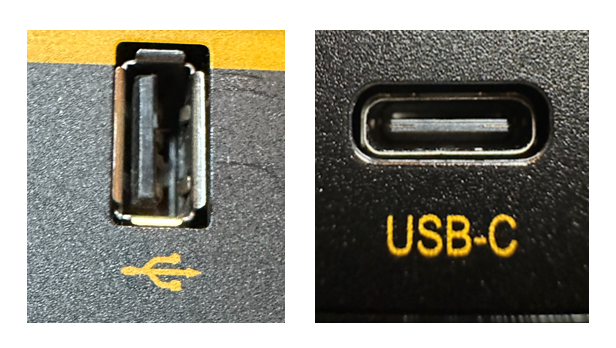
In an era dominated by wireless connectivity, the USB port on your router may seem like a relic of the past. However, its capabilities extend far beyond mere charging. These ports offer a plethora of practical applications that can elevate your networking experience. Let’s explore the myriad uses of USB ports on routers and how different manufacturers are harnessing their potential to innovate networking solutions.
Enhancing Connectivity Beyond Wires
USB ports on routers facilitate a diverse range of functionalities that transcend traditional wired connections. They can be leveraged for WAN connections via cellular modems, providing a backup or primary internet link in areas with limited wired infrastructure. This feature is invaluable for rural homes or businesses susceptible to frequent internet outages, ensuring uninterrupted connectivity even in challenging network environments.
Example Use Case: A small business operating in a rural area relies on a stable internet connection for daily operations. By connecting a 4G/5G modem to the router via USB, they ensure continuous connectivity, minimizing downtime and maximizing productivity.
Expanding Local Network Capabilities
USB ports serve as additional LAN ports, accommodating devices like printers, external storage drives, or gaming consoles. This functionality is especially beneficial for households or offices with numerous wired devices but limited Ethernet ports on the router. Users can seamlessly extend their local network by connecting peripherals directly to the router via USB.
Example Use Case: A family home with multiple desktop computers, a network printer, and a network-attached storage (NAS) device requires additional LAN ports. By connecting a USB hub to the router’s USB port, they expand their network capacity, allowing all devices to communicate seamlessly.
Streamlining Power Management
USB ports on routers double as power sources for compatible devices such as smartphones, tablets, or wireless cameras. This eliminates the need for multiple power adapters and sockets, simplifying cable management and reducing clutter. Some routers even feature USB ports with enhanced power output, enabling fast charging for supported devices.
Example Use Case: A homeowner sets up a wireless security camera system around their property. By connecting the cameras to the router’s USB ports for power, they eliminate the need for individual power outlets near each camera, simplifying installation and maintenance.
Manufacturer Innovations in USB Technology
Different router manufacturers are pushing the boundaries of USB technology to enhance router functionality. For instance, the XR80 and XR90 models from Sierra Wireless/Semtech feature USB-C ports that offer LAN connectivity at USB 3.2 Gen 1 speeds, ensuring optimal throughput comparable to high-speed RJ45 network ports. Inseego routers like the FX2000e and S2000e leverage USB 3.1 Type C ports for enhanced networking capabilities, including USB tethering and WAN modem support. Peplink, Cradlepoint, and Digi routers cater to specific networking needs with USB WAN or power functionality, ensuring flexibility and compatibility with diverse USB devices and accessories.
Considerations Before Implementation
Before utilizing USB ports on routers, it’s crucial to address certain factors that can mitigate security risks, ensure seamless device interoperability, and optimize data transfer speeds, ultimately enhancing the overall networking experience.
- Security Considerations: USB-connected devices can potentially introduce security vulnerabilities, such as malware infections or unauthorized access to network resources. Suggestions include regularly updating router firmware, using reputable antivirus software, and avoiding connecting unknown or untrusted USB devices.
- Compatibility and Interoperability: Compatibility issues may arise when connecting different USB peripherals, such as external storage drives, printers, or modems. Check with the router manufacturer to see if they have a list of USB devices they have tested and can confirm work with their hardware.
- Performance Optimization: Many things can impact data transfer speeds, such as USB port specifications, cable quality, and device compatibility. Be mindful of the router specifications as well as those of your USB device to better understand throughput limits.
Anticipating Future Trends
USB ports on routers are indispensable tools that offer versatility and flexibility in networking solutions. From enabling alternative internet connections to streamlining device management, these ports empower users with enhanced connectivity options. By understanding the diverse applications and manufacturer innovations in USB technology, users can maximize the potential of USB ports on routers and elevate their networking experience to new heights.
As USB technology continues to evolve, future router models may leverage advancements like USB 4.0 to enhance network performance, connectivity, and user experience. Exploring emerging trends and developments in USB technology can provide insights into potential innovations in router design and functionality.

